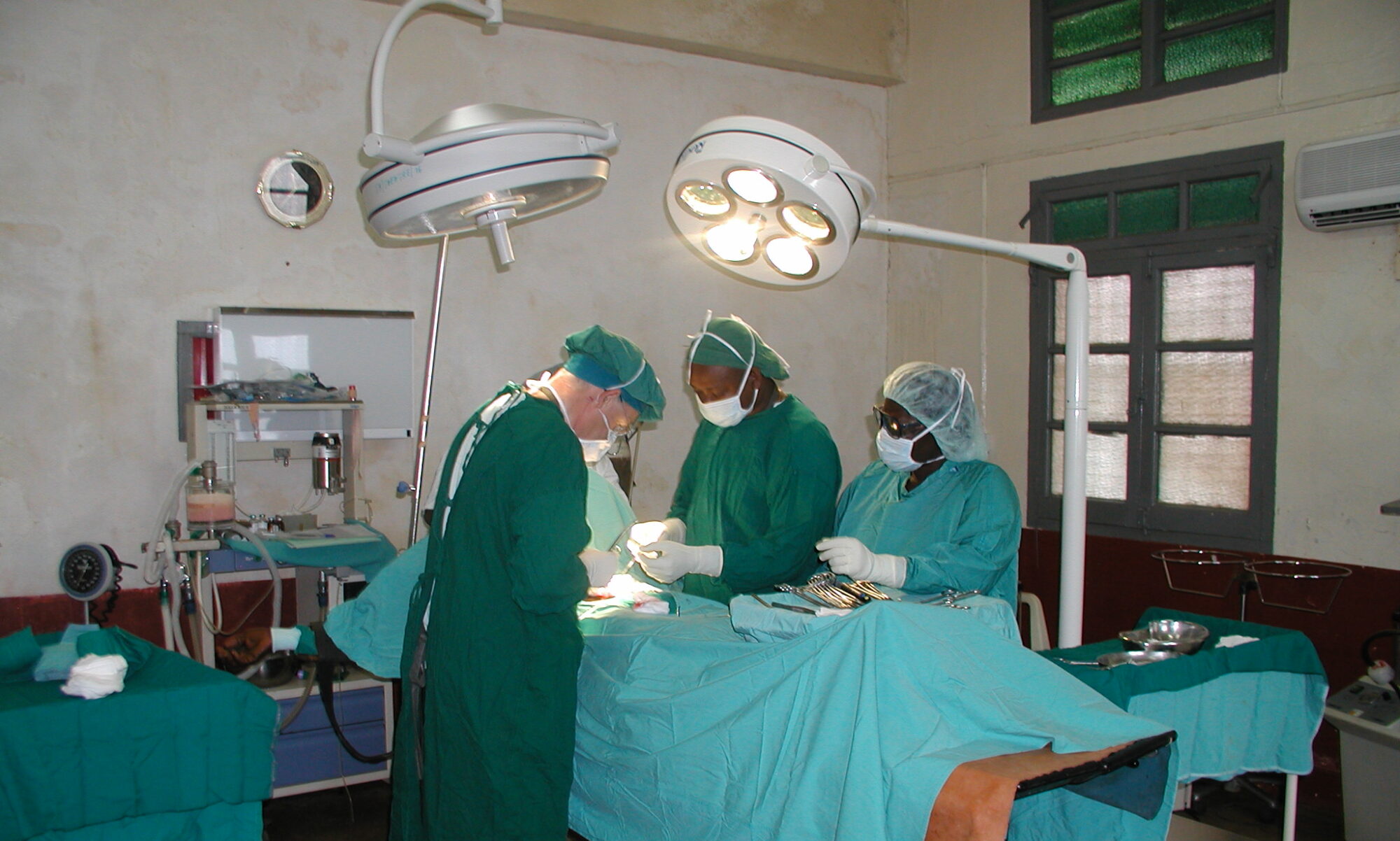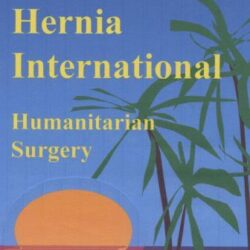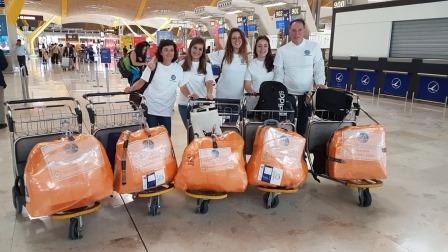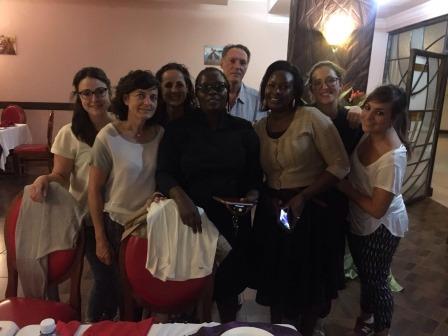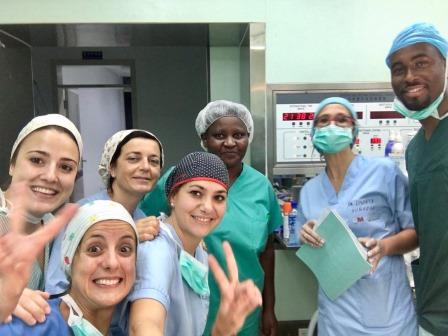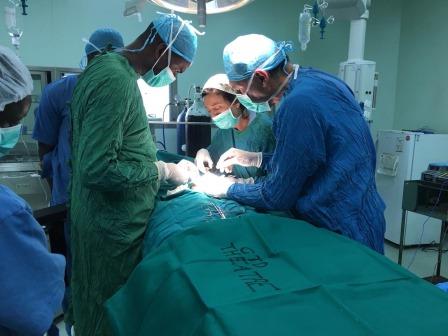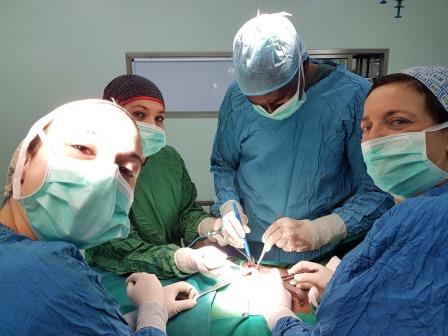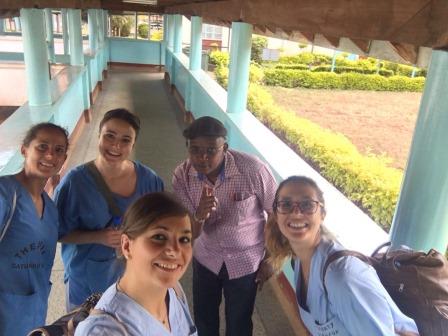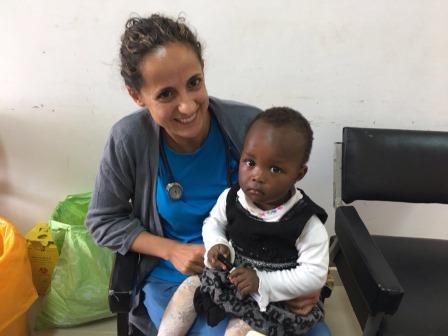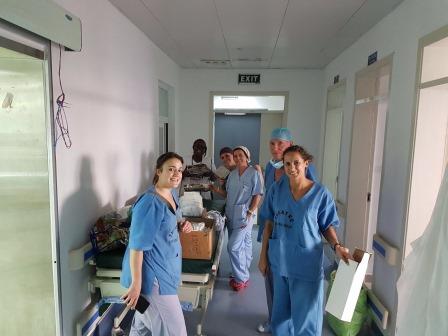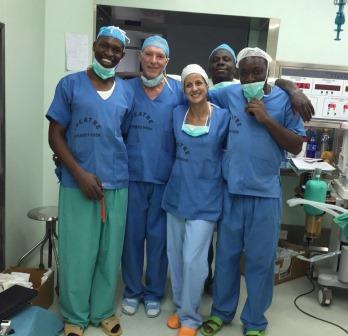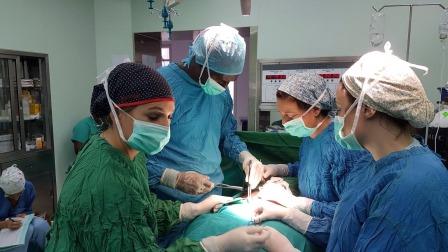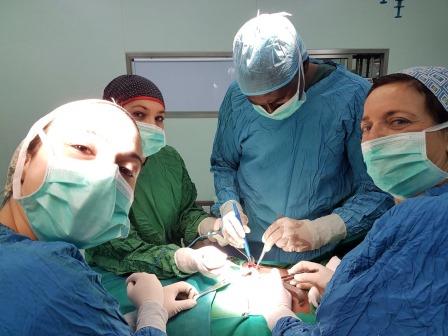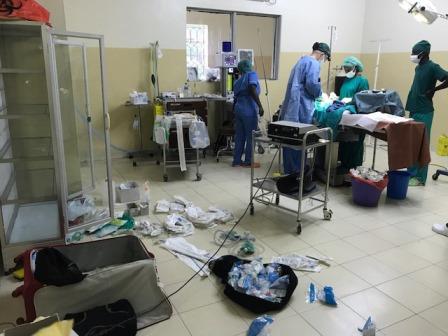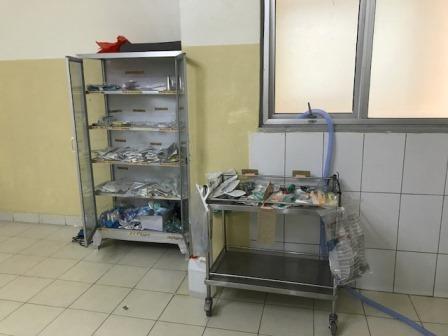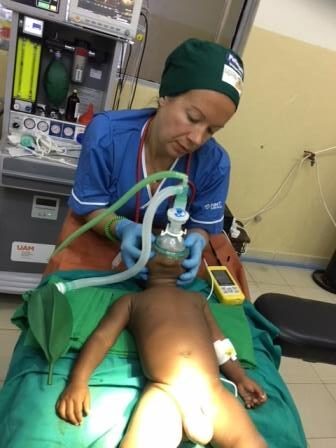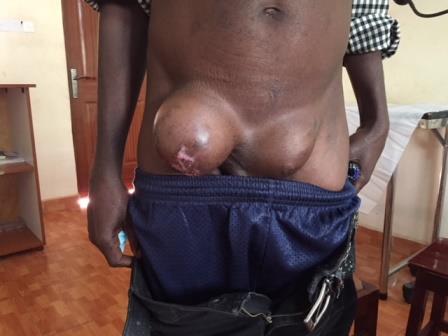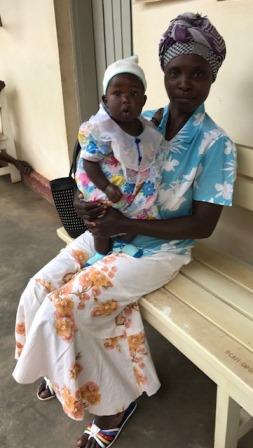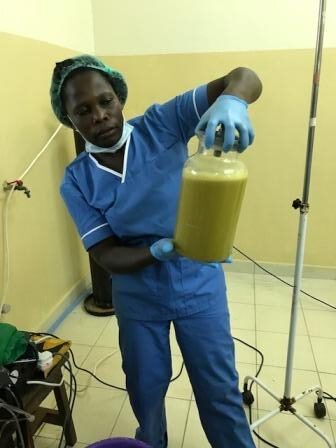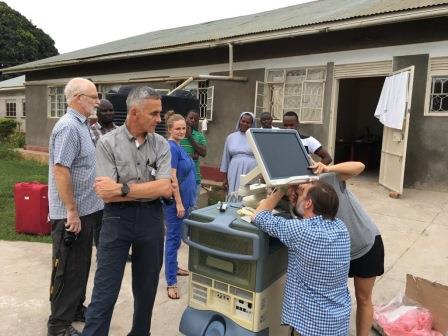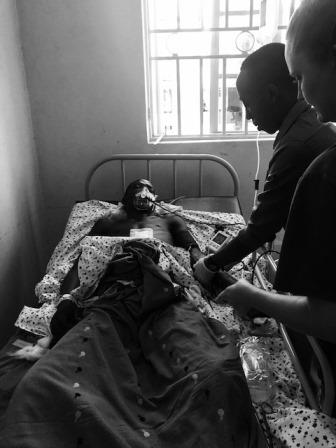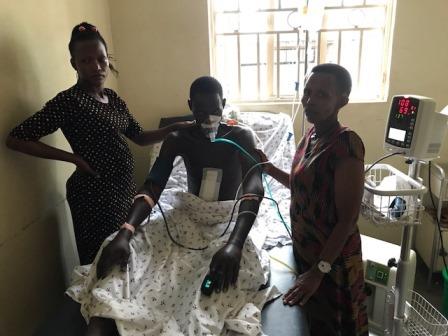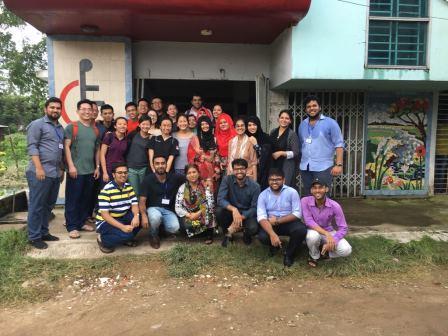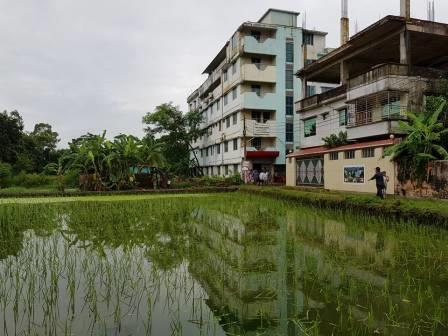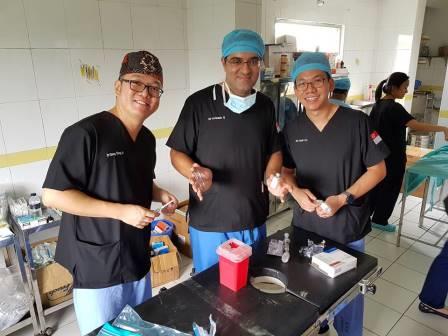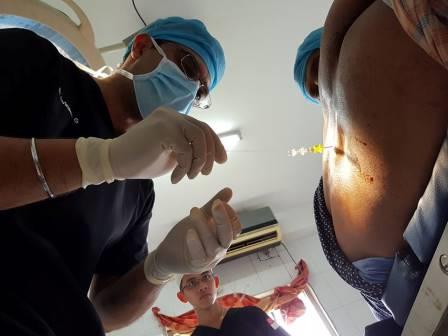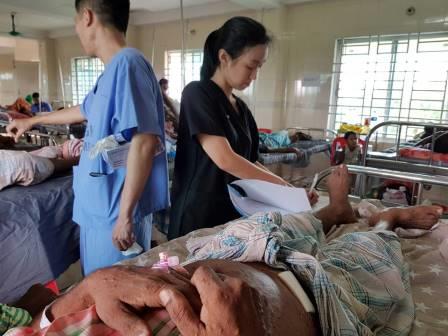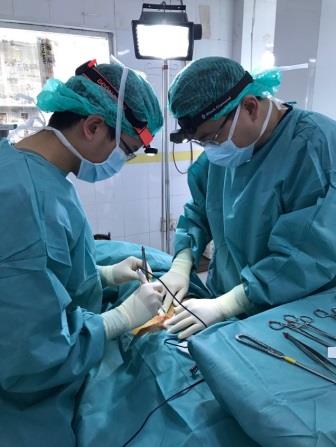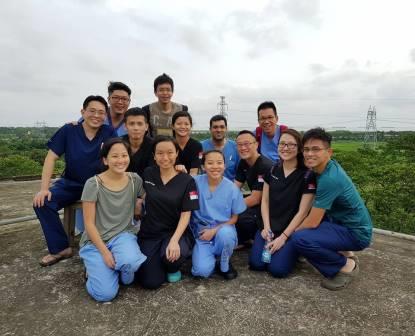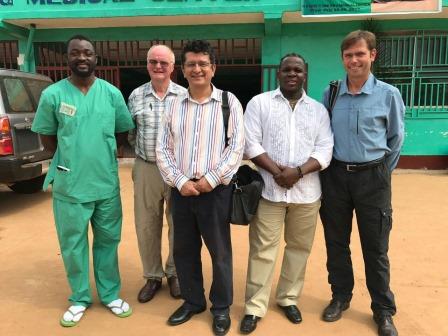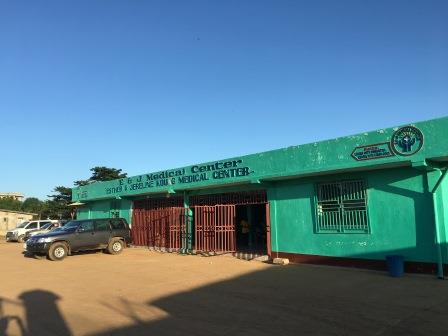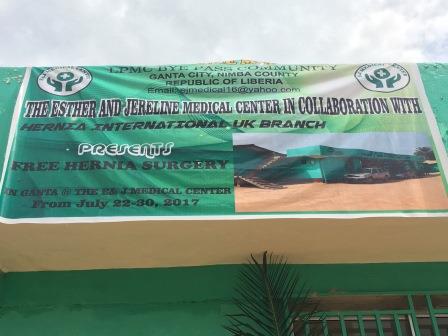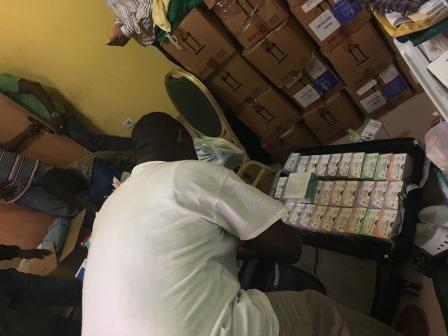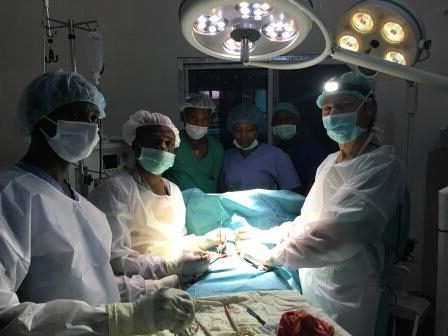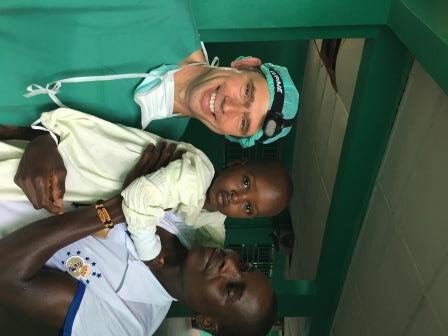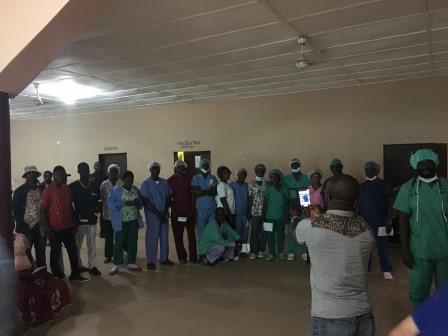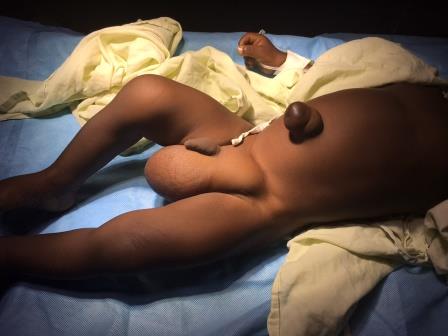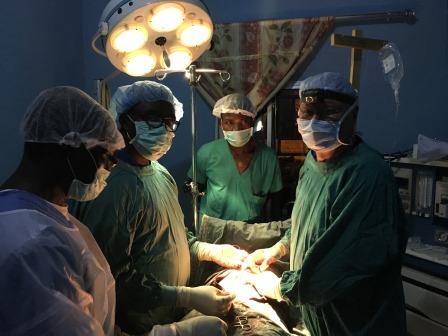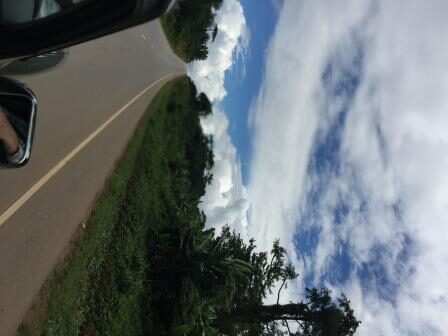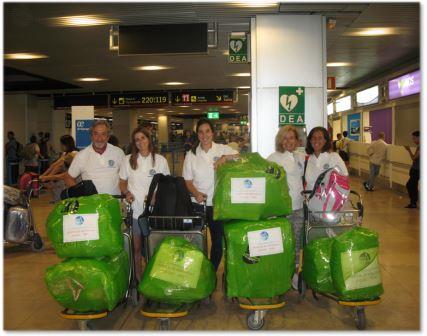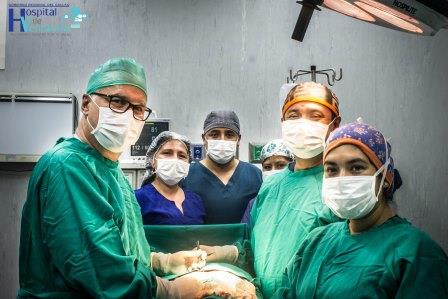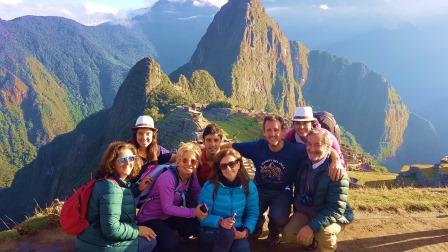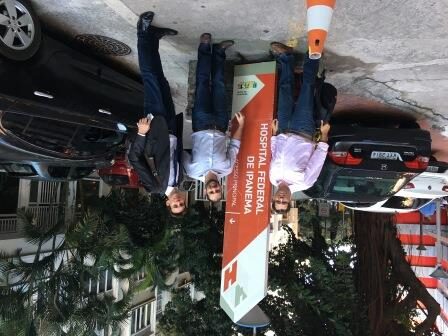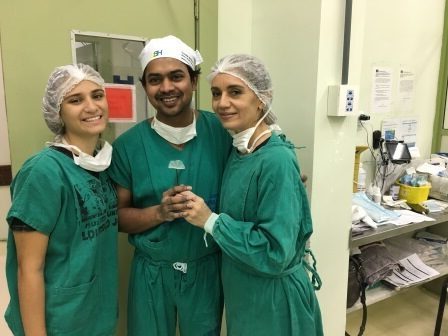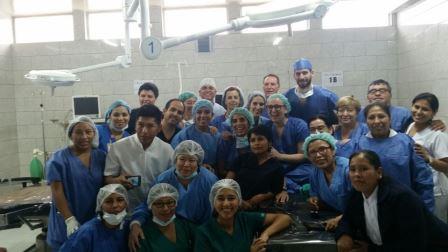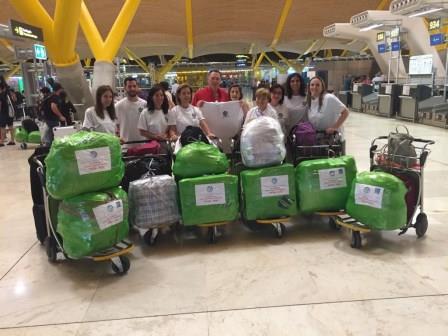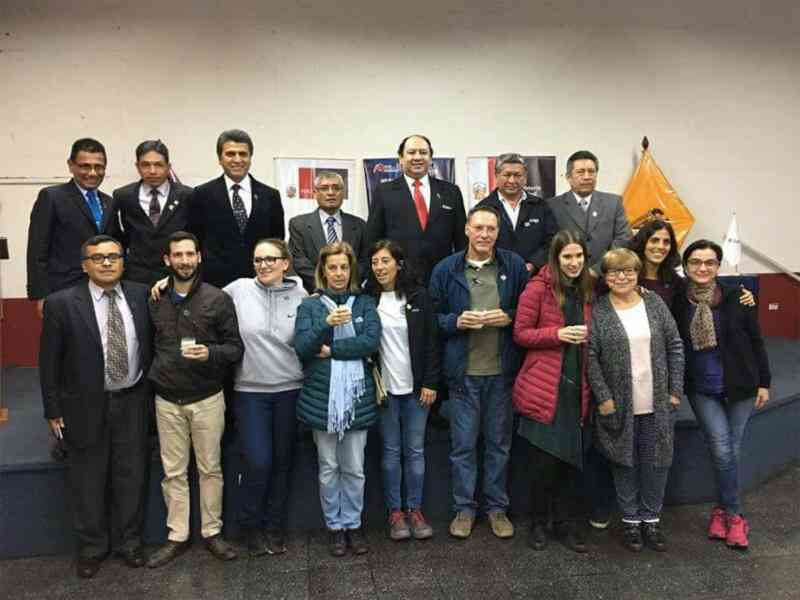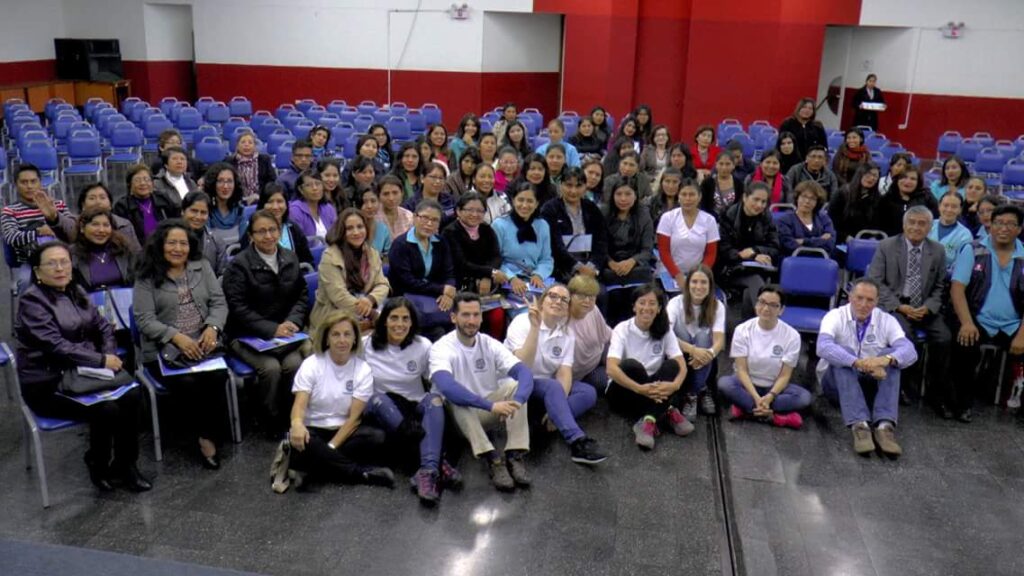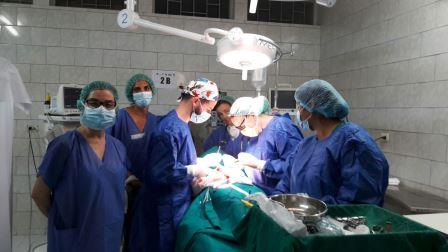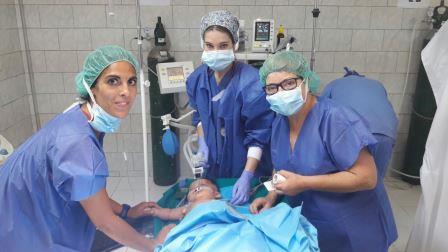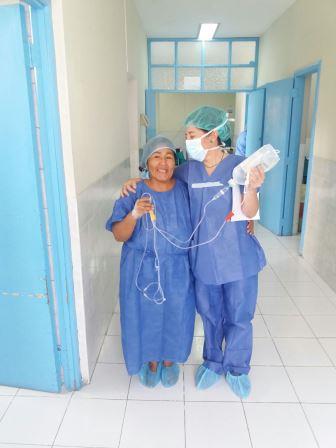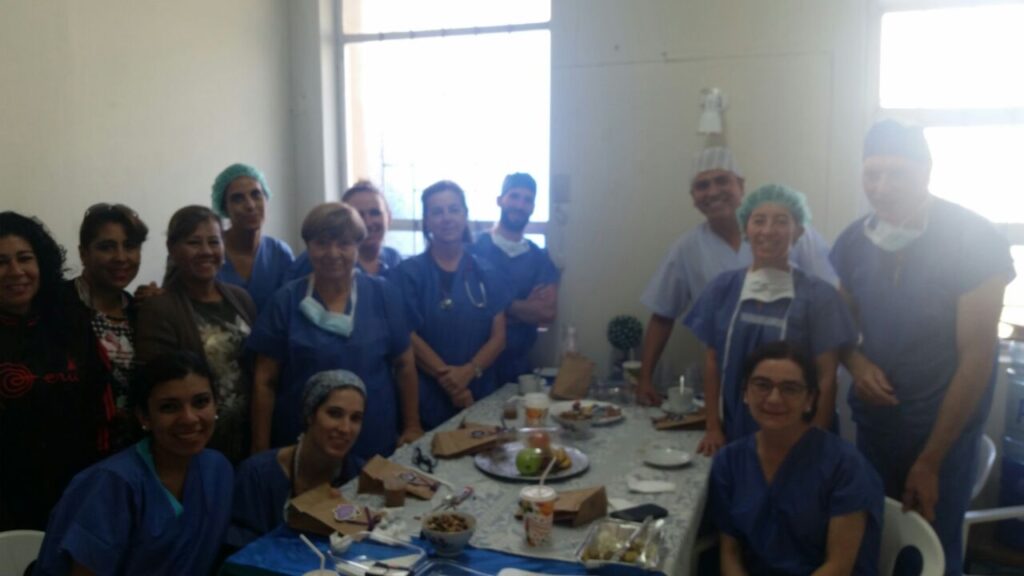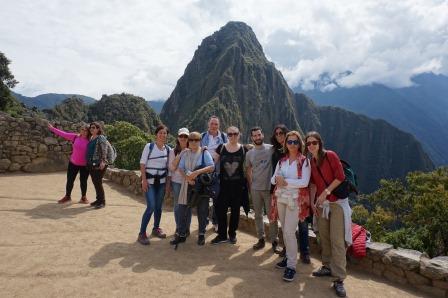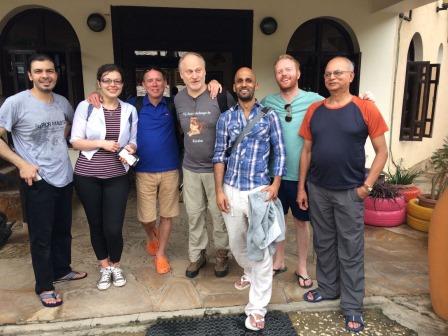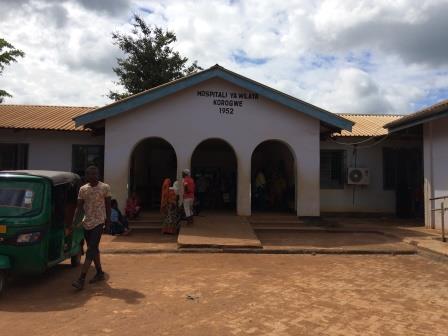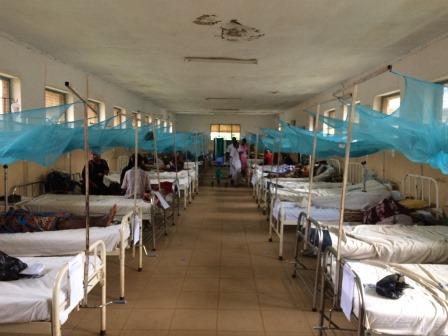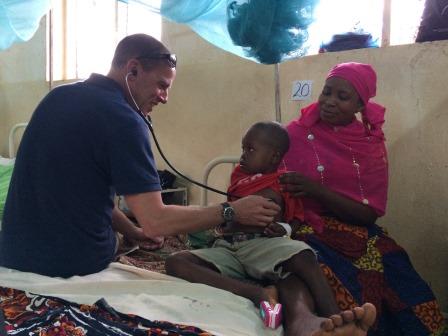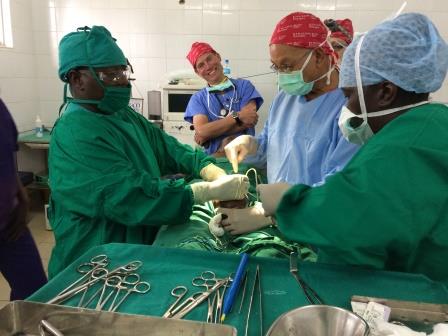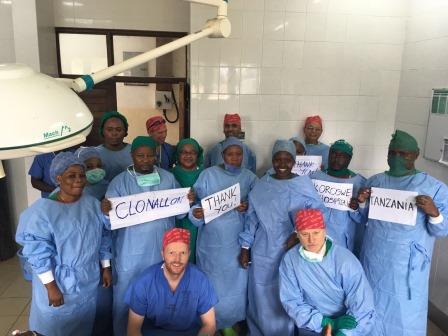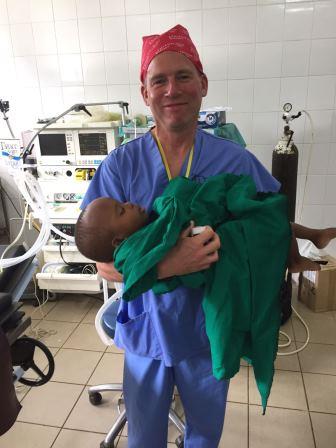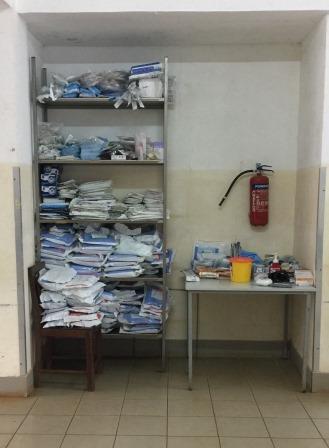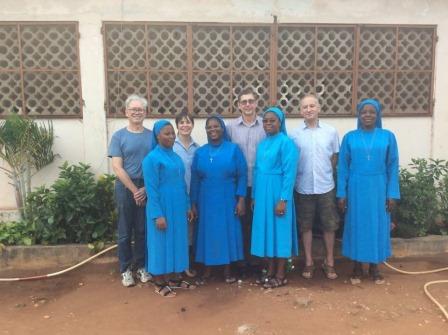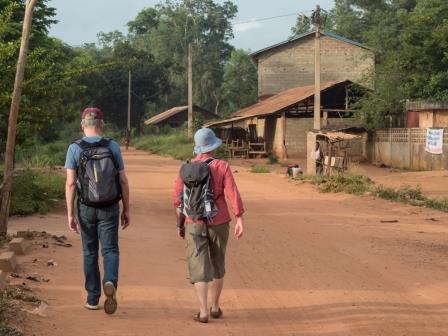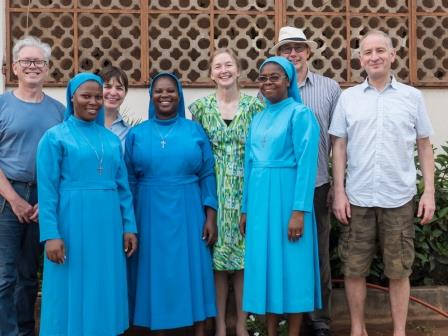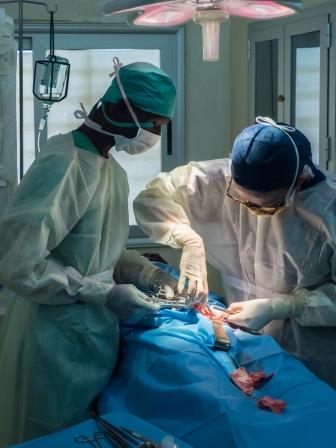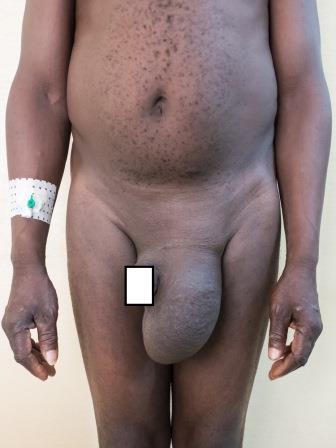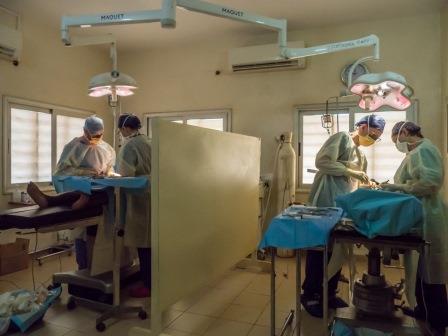Sedhiou, Sept 2017
Hernia International
& “Cirujanos en Accion”.
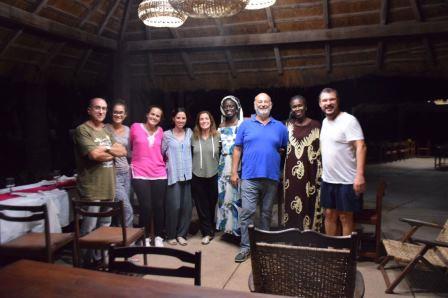
On Saturday September 2nd I make an appointment with MaríaFanjul, children’s lady surgeon, in the Gregorio Marañón hospital to collect the generator for electrical scalpel and the mosquito meshes provided by Hernia International for our mission. We are going again together and to the same place, which gives us great joy, and we’ll be accompanied by Luis Rodriguez Bachiller and Laura Gomez Lanz, surgeons in the same hospital, Montse Sanchez Martín, nurse and companion in the Farafenni campaign (Gambia) in 2015, her sister MaríaJesús, medicine student, and Angel Revuelta who will act as reporter and helper in all our needs. MariamaBadji will accompany us and will be essential for drawing up lists of patients, for logistics and supplies, institutional contacts, shifting, etc., as she is always ready to help all of us. Without her we could not have managed.
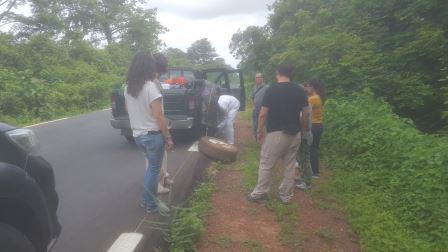
Sunday 3rd we meet at 15 hours next to the machine that will pack all the material, that is sutures, instruments, electric scalpel terminals, operation theater linens, surgical gloves, sutures, meshes, dressings, caps, masks, toys for the children, medicines, etc.
We passed all controls without any trouble, waited to be fetched and made our acquaintance with new companions. We all feel that mutual relationship will be perfect, and so it was in spite of a few difficulties along the work. Good relationships are essential are essential for the success of a situation that met with difficulties at the beginning.
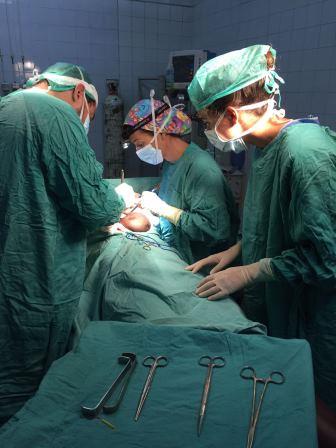
We arrive in Dakar at 20.40 local time (two hours less that Spain), and the night would be hard as, having no possibility to come out of the airport, we decided to try to sleep anyhow anywhere. Fortunately the Sanchez Martín family had given us food for the occasion. Thank you! New checking up at 7.30 with some problems with our bags and with the generator. Difficulties over, we take off at 9 and arrive at our destination at 9.45.
Two vehicles are waiting for us. We get ready for the two hours ride that will take us to Sédhiou. We agree to go first to the hotel to wash up and try to rest a while before going to the hospital to unpack and set in place all the material for the operation theaters. But in fact the adventure was just beginning.
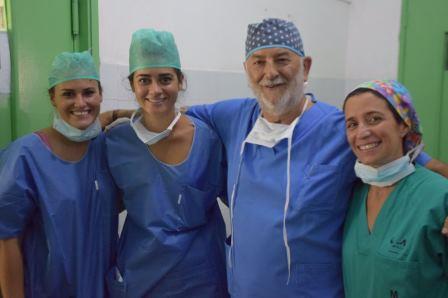
Six of us boarded a jeep and a lorry meant for four people. The way is long and the road is full of military and police controlswhich we pass without difficulty. Difficulties begin 20 km before arrival when one of our lorries suffers a puncture in a back wheel. Without replacements, the jeep lends us its extra wheel which the drivers set up in the midst of the heat with all of us waiting at the ditch. We start again, and soon a van stops because of an electrical problem. Don’t ask me, but we repair it somehow we keep going till, at 8 km from Sédhiou it stops again, this time definitely. With the other vehicle we reach a nearby village where we get a rope and try to tow the lorry. The rope splits and we are all left helpless.
By this time we are all tired, sweating, hungry, desperate and only longing to reach the hotel to eat something and then going to the hospital to unload and order all the material. We finally get another lorry to come and fetch us, and so we reach Palmeraie.
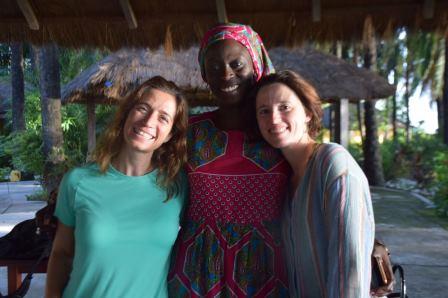
It is 15 hours by now, but we eat something and go to our rooms. At 17.30 we go for the Centre Hospitalier. We are warmly received. Collaboration is perfet, but…
But Dr. Cámara appears and difficulties begin. Backed by his whole team (including the substitute for the director who is at present in China negotiating for a new hospital…) he gives us a lecture about mutual respect and obedience to the chief, that is to himself, and all that he may say. Quite a bad beginning.
Anyway, we do listen to him, and I just plead for mutual respect and that we, as always, are here to help and to operate upon poor patients without asking for anything.
The trouble is that, in spite of our having asked for a list of patients, there are only five ready for the next day. He effort not to get angry is great, but at least we get that while those few are operated, I may see the sick and so get more ready for operation. That first day we get 8 new cases.
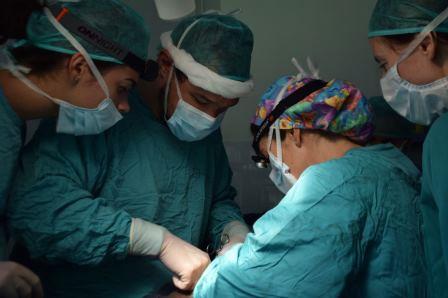
We had come with the idea of working for three beds, but soon all our plans collapsed. Dr. Cámara, with plain gestures of disagreement, said no. The problem increased when we discovered that the Senegal surgeons who were going to collaborate in child surgery were in fact reduced to only one NGO (AMRAF) whom, just as in the 2016 campaign, the surgery chief has called to coincide with us.
Given this situation we had no other alternative than calling Dr. Amadou Yéri Camara, the new health chief for the Casamance region, so that he could act as mediator. He very kindly came to the hospital and took note of our requests, promising to transmit our request to another Camara who, as we foresaw, did not obey. It was a very difficult task to perform, and it got even worse when the members of the team began to show their disappointment and their annoyance. But we did not give up. I myself was astonished at my own patience. We had gone there for a campaign and we were going to carry it out, even if we knew it was not going to be as effective as the one we had planned.
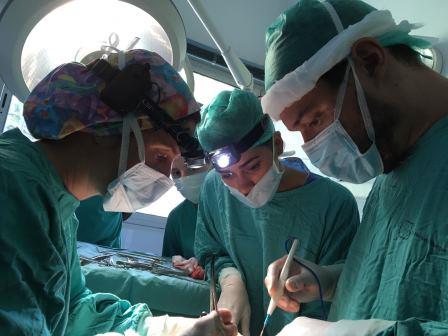
Meanwhile we had established a pleasant relation with Prof. Gabriel and his team. It was not rare to see him watching our procedures. Talking together we reached the conclusion that it was essential to make the two missions coincide. I was surprised to know that the same thing had occurred the previous year… and now was repeated.
In short and without entering in further details, the mission was difficult, but it was carried out satisfactorily within the limits we were given. Comradeship was essential, as it also was the help given by the auxiliary staff of the hospital itself.
Xabier, the infirmary chief, invited us all on the 8th.We had a great time with beers, aperitifs and laughter. But heat, very high heat. Then we walked through the village and saw popular festivities taking photos of them.
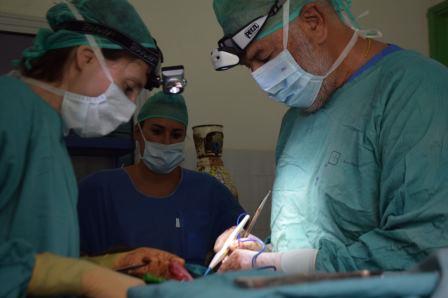
Just as in previous times the Sédhiou community held for us in the local Casa de Cultura a warm farewell in which they gave us diplomas and a picture with local motives for the “Fundación Cirujanos en Acción”. There was music, dancing with the members of our team, and supper. As in the previous campaign a representative of the governor of the province, the mayor of the city and the Prefect were present. This time I had to say a few words of gratitude for the way we had been treated and had been trusted. It was not a moment for complaints but for diplomacy, as our work should certainly settle down there. There is a great necessity for it, but all conditions should be made clear. The obstacles experienced in our last two visits should not be repeated.
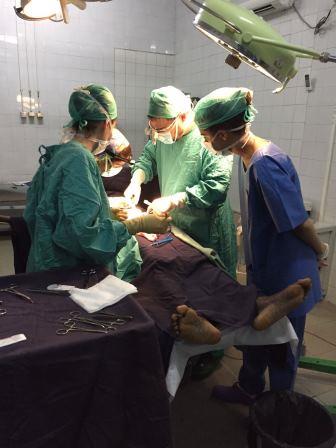
The last day of work was normal. We operated upon the last patients and we examined those of the previous day. Fortunately there was no complication. We collected prosthesis and sutures, even though Dr Camara did not like that. After all he never showed any interest in our work. He collaborated with the other NGO, with is alright with us, but he was not interested in knowing what we were doing and how.
There was no problem in our way back except long waiting in the airports and intense heat. In Dakar the family of Mariama (her brother and the daughter of our collaborator who was a student of technical engineering in the capital) were waiting for us and got for us some pizzas that helped us to spend the time. Some of us went collecting souvenirs although in previous days the girls had already collected gifts.
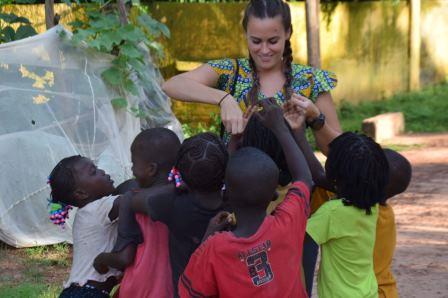
Mission accomplished. Exemplary team. Early morning farewell and recovering a peace of luggage which we had forgotten in the airport at our coming.
We’ll have to talk in order to correct mistakes so as to make future campaigns more and more effective. We’ll have time for that.
Elisardo Bilbao Vidal, General Surgeon

